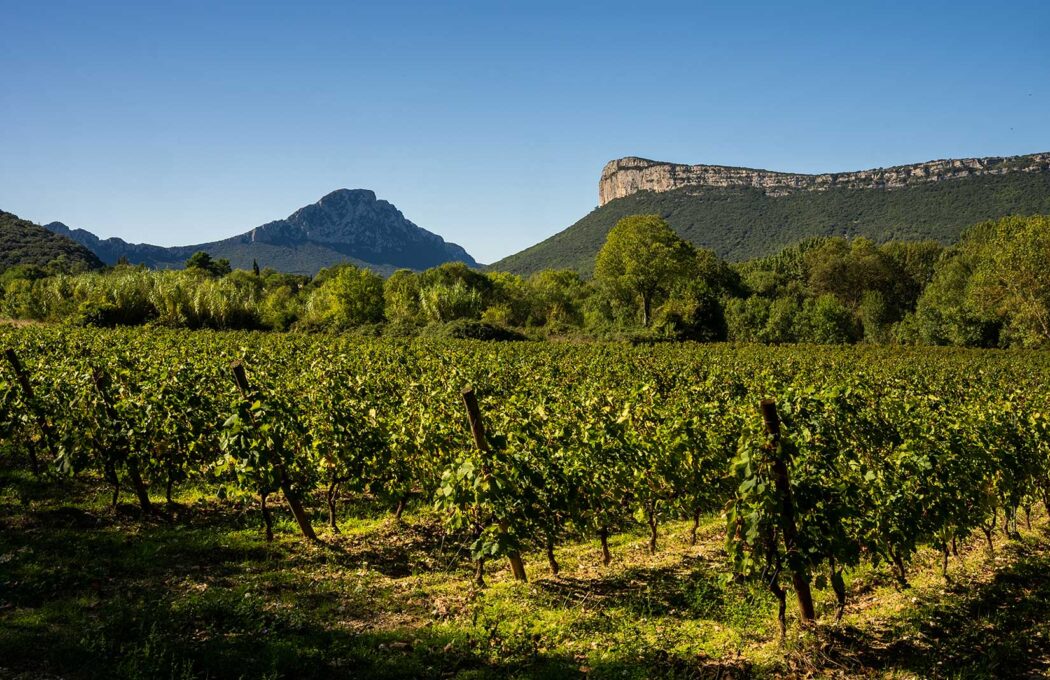A conversation with the Languedoc wine industry’s Brigitte Barreiro and Clémence Fabre
When it comes to wine, Brigitte Barreiro, marketing manager for Vignobles Jeanjean in Saint-Félix-de-Lodez, and Clémence Fabre, export and marketing manager for Famille Fabre know a thing or two. Actually, many things. Red, white, pink, orange, and basically any other delicious type of fermented grape-type alcoholic beverage, you name it. But there’s one region that clearly holds a special place in each of these two wine connoisseurs’ hearts: the Languedoc in Southern France. You may be familiar with the coastal region’s eclectic yet historical roots in the art of winemaking, but this magnificent little slice of wine heaven is also happens to be paving the way for a more sustainable and organic future in the wine industry as we know it.
With each business rich in generations of winemakers, it’s only natural that both women have been at the center of this collective shift taking place around the Languedoc and France as a whole—from organic vineyards to habitat enrichment. Their gleaming pride in Languedoc’s commitment to this new era is mirrored by the initiatives taking place at their own companies. Both Famille Fabre and Vignobles Jeanjean have converted all their vineyards to organic certification—no small feat for businesses dealing with five unique chateaux or nine distinct estates, each with its own unique needs. As some of the oldest winegrowers in the region, these two families defy the notion of out with the old and in with the new. Quite the opposite, according to Barreiro. Harmony between tradition and innovation is what defines Languedoc and its winemakers as unique pioneers in the push toward sustainability. We sat down with Fabre and Barreiro to hear more about the region that the vineyards of Famille Fabre and Vignobles Jeanjean call home.
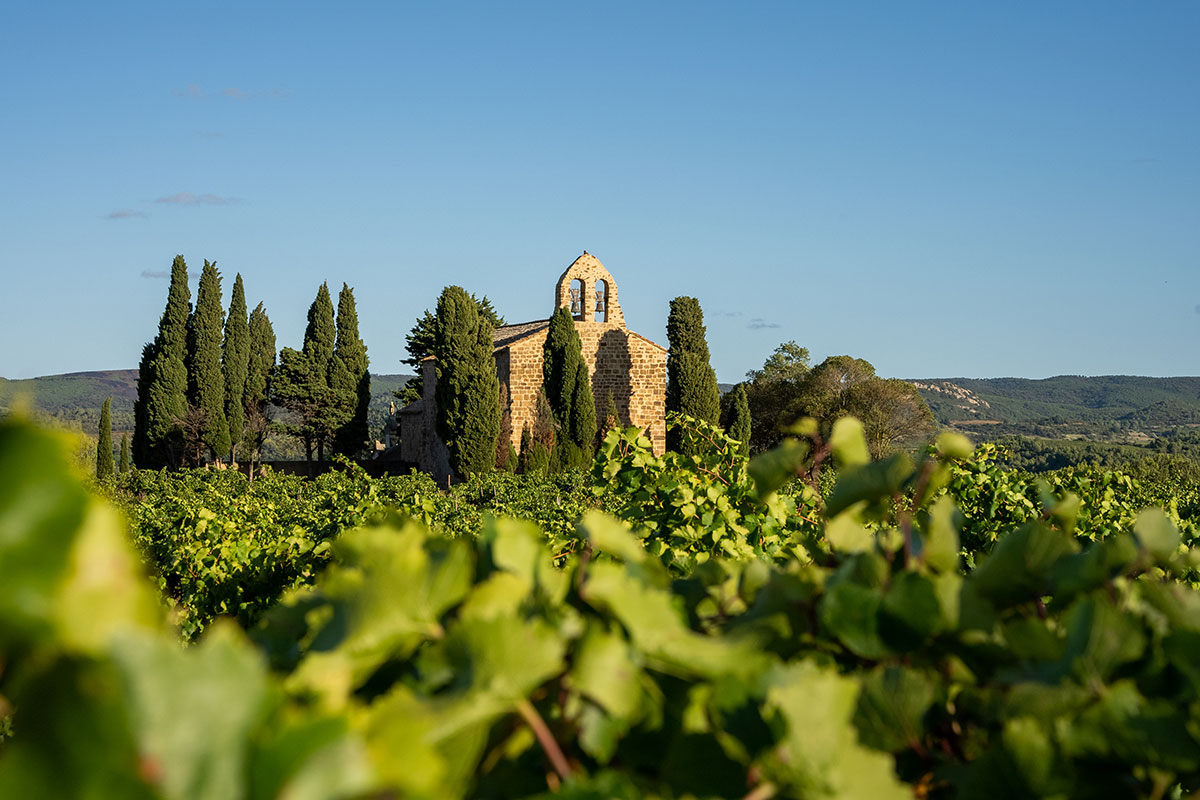
Clémence Fabre
What is the future like for female winemaking in the region and beyond?
Clémence Fabre: The management of our estate is, more than anything, a family affair—with the support of my mother, my twin sister, and above all, my husband and father. Every individual’s character is a real strength in maintaining and perpetuating Famille Fabre traditions, regardless of gender. To broaden the question, I believe that the Languedoc is a land of opportunity, for both men and women committed to doing things well, from quality and to the environment. The Languedoc allows the chance of freedom—anything is possible if we reinvent ourselves. I don’t view men and women as opposites, because I believe that we complement each other very well in the wine business. I just watched a film called Vigneronnes by Guillaume Bodin, and I also feel that family was at the heart of these estates managed by women. In my role, I recognize that there is a strong sense of family around me, and I feel part of it.
Are there benefits to working so closely with family, especially one with such a rich history in winemaking?
CF: When it comes to wine, I think history is very valuable. You benefit from the direct experience of at least three previous generations in terms of know-how and equipment, with very creative and inventive fathers and grandfathers. We also benefit from invaluable archives that help us understand the climatology of our terroirs and better appreciate them overall. But more than just technical assistance, we benefit from the personal stories and histories passed down and lived by our family and friends on the estates. Customers and visitors appreciate and expect our wine knowledge, but they love to hear stories and anecdotes. My husband and I were asked whether we wanted to take over the estate, and for all these reasons it was hard to refuse. We’re people who pass on stories and local produce. Looking back, we’re a small link in a long chain of generations of winegrowers and community leaders, and that’s a real strength. Beyond the lively exchanges we can have within the family, working as a family is a source of richness— “It’s a cake that we continue to share every day.”
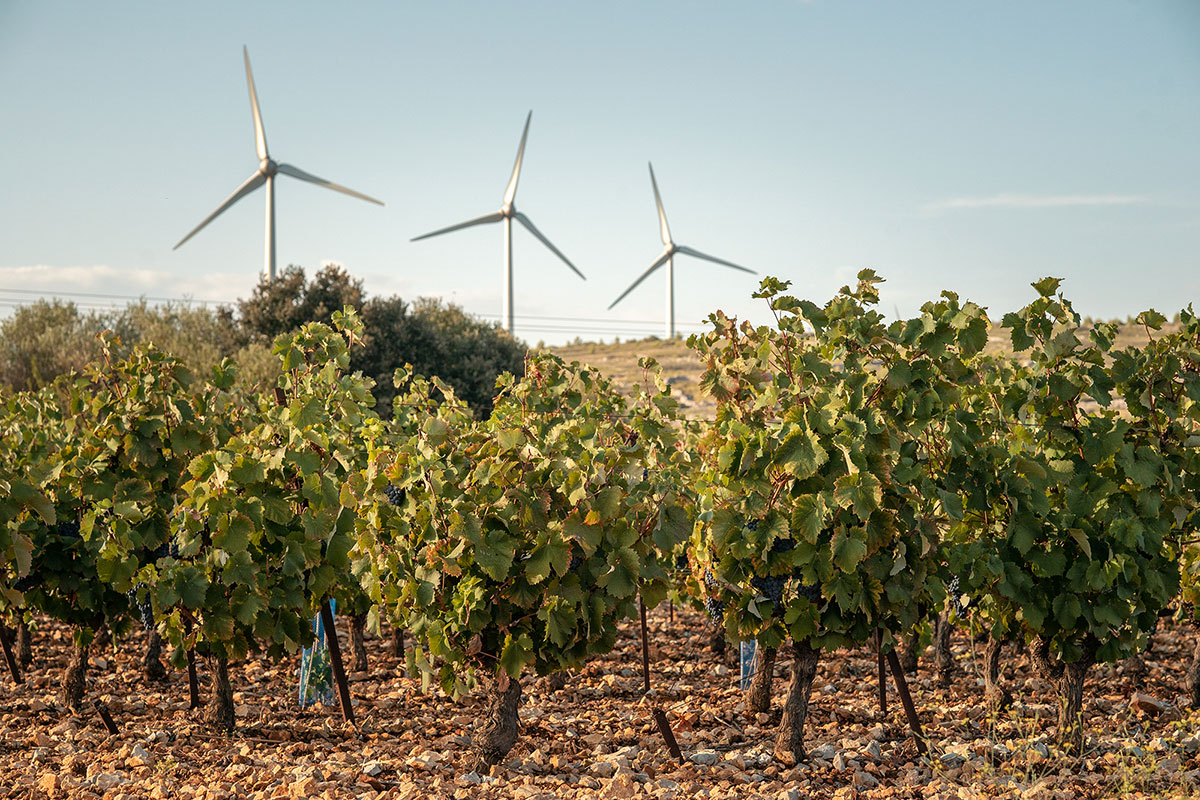
What do you find surprises most people about the Languedoc region?
CF: The beauty of our landscapes! I was born here, so I’m kind of used to them now, but every single time we invite friends or clients or importers to visit, they are always amazed by the wildness of the Corbières foothills near the estate to the Pyrenees mountains. There’s also the wind—I don’t think you can describe how windy it is here if you don’t experience it firsthand. Maybe I’d finish with the kindness and strong sense of hospitality of the people. We are a poor region, but with a lot of mutual support and camaraderie, we see success all around.
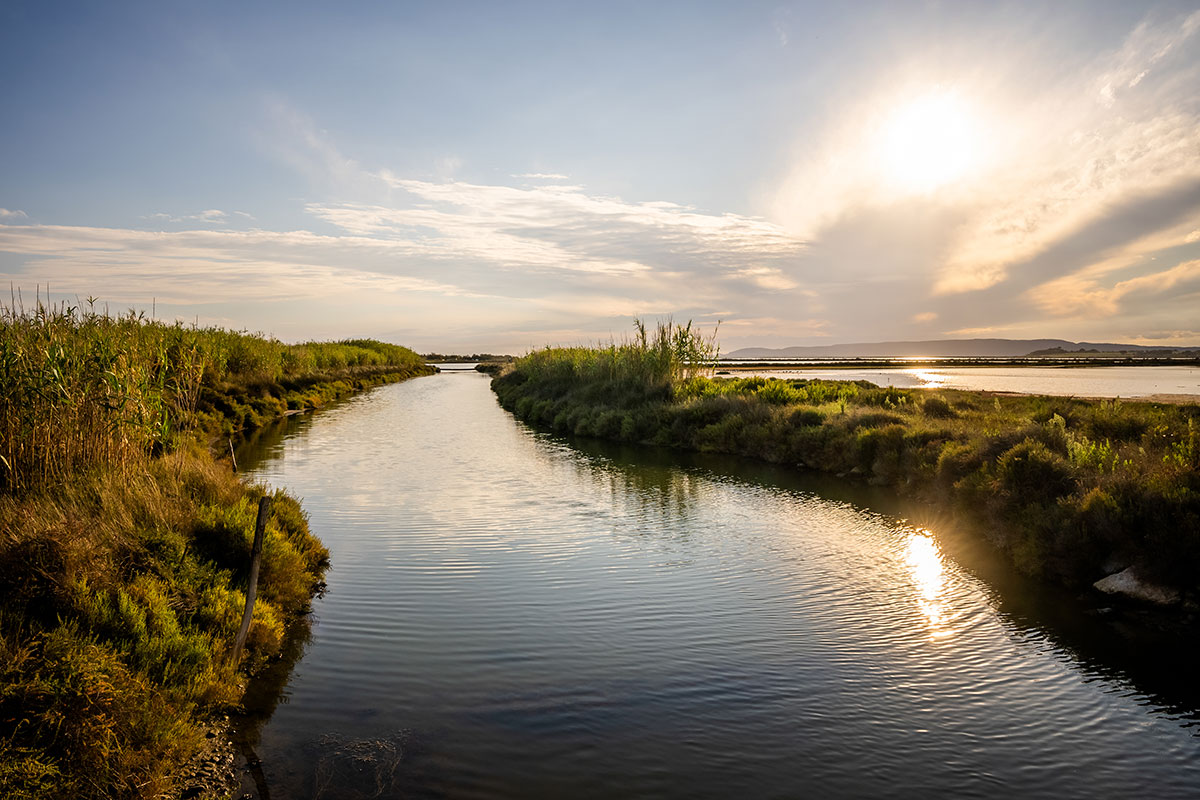
Brigitte Barreiro
Tell us briefly about your journey into the Languedoc region. How might it compare with your time in other winemaking regions of the world?
Brigitte Barreiro: When you have the chance to come and visit our Languedoc region, you’ll be struck by the beauty and diversity of our landscapes. From the sea to the mountains, vineyards are everywhere, and so are small and peaceful villages, which are still very authentic. If you are a wine enthusiast, at every glance, you will probably notice the vineyards and wonder how they were designed. Around a house, around a “mazet” (a small stone hut where the tools were kept), around an old tree, along a river, along a small path … this mosaic of plots is unique and gives the landscape a certain texture and diversity. All around you, there are things to discover, the patterns of the ground and how even in a single plot, the color of the soil can change from white to deep red. The Languedoc is a real kaleidoscope, especially in the fall. This is Languedoc—colors changing across the landscapes, villages, hills, paths, mazets, rivers, trees, and garrigue. As you can imagine this diversity gives birth to many different wines and styles. It’s worth it to see and understand what this amazing region has to offer.
If you are familiar with the New World winemaking regions, Languedoc is very different from other regions in this category. First, there’s the size of the vineyards. In Argentina and other New World regions, you might have a single plot taking up 300 hectares, whereas in Languedoc, for the same size of land, you can have up to 100 individual plots. The size of the estates is also very different. Of course, we have large companies in Languedoc, but you still have many small estates and many cooperatives where the grape grower doesn’t own the winemaking facilities but actually shares them. And of course, we are in the Old World here in France, so our wines are made according to a logic of blendings, with rules specified in each appellation’s specification. We have more and more varietal wines, but the historical way of doing wine in the Old World is to grow different grapes and blend them. So Languedoc is really the New World of the Old World, and this has to do with its unique blends and growing techniques, diversity of terroir, out-of-the-box and creative labels, and the youthful outlook seeking to preserve and innovate for the future of winemaking.
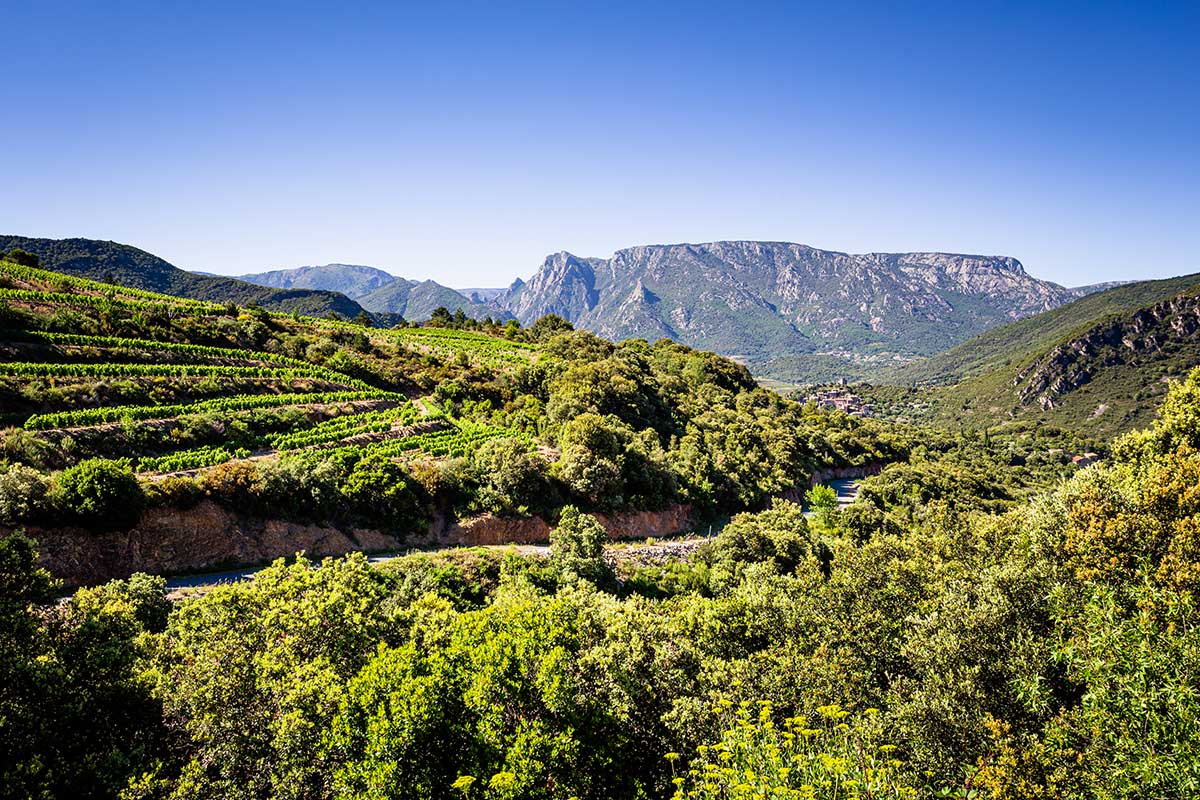
Can you explain a bit of the history and the future potential of the Vignobles Jeanjean family wines?
BB: Vignobles Jeanjean has just celebrated its 150th anniversary. In France, less than one percent of all companies are over 150 years old and family-owned. What a trajectory. Our head office is still in the small village of Saint-Félix-de-Lodez, north of Montpellier. And today Brigitte Jeanjean, the family’s sixth generation of winemakers in Languedoc, manages Vignobles Jeanjean.
The Jeanjean family belongs to this small group of families that have put a name qualitatively on the Languedoc and promoted the richness of the region’s diversity worldwide. They are trailblazers who have always worked hand-in-hand with the region’s growers, partnered with and supported the region’s cultural and sportive scene, and transformed every tasting, visit, or barbecue into a very unique experience.
Today, Vignobles Jeanjean represents nine estates spread out across Languedoc, each of them representing an appellation. From sea level to 320 meters high, their portfolio will have you traveling through the Languedoc, Pic Saint-Loup, Terrasses du Larzac, Picpoul de Pinet, Faugères, and Saint-Chinian appellations. All the wines are organic, which is part of their philosophy—to care for the people and the environment. Many environmental projects are underway, such as planting more trees to give shelter to bats, birds, and other species and developing plague- and heat-resistant grape varieties. We believe Languedoc still has a long and bright future, many wine enthusiasts to meet and just overall life enthusiasts to bring into the amazing world of wines.
And we have the wines for this. For 20 years, Brigitte Jeanjean and Matthieu Carliez, chief winemaker, have crafted fruit-driven, fresh, aerial wines you want to share, wines you want to have with your meals, and wines you want to drink on their own (in moderation, of course). On top of that, we work year after year to create wines that are closer to and aligned with their terroir. Part of that is working with native yeasts that have naturally developed on our own grapes that we call “levures originelles.” We also lower the level of sulfites and make No Sulfites Added (NSA) wines, craft out-of-the-box labels, offer canned wines, and more. We want more and more life enthusiasts to discover the unique and ever-expanding world of our wines.
What do you find surprises most people about the Languedoc region?
BB: As previously said, for people who come to Languedoc for the first time and have a few days to enjoy the area, it’s basically guaranteed “coup de foudre,” that is, love at first sight. We have the chance to live and work in a region that is blessed by the gods in terms of geography, weather, situation and hospitality. Languedoc is like no other wine region in the world—you will receive a truly sincere welcome, by both the people and wines.

